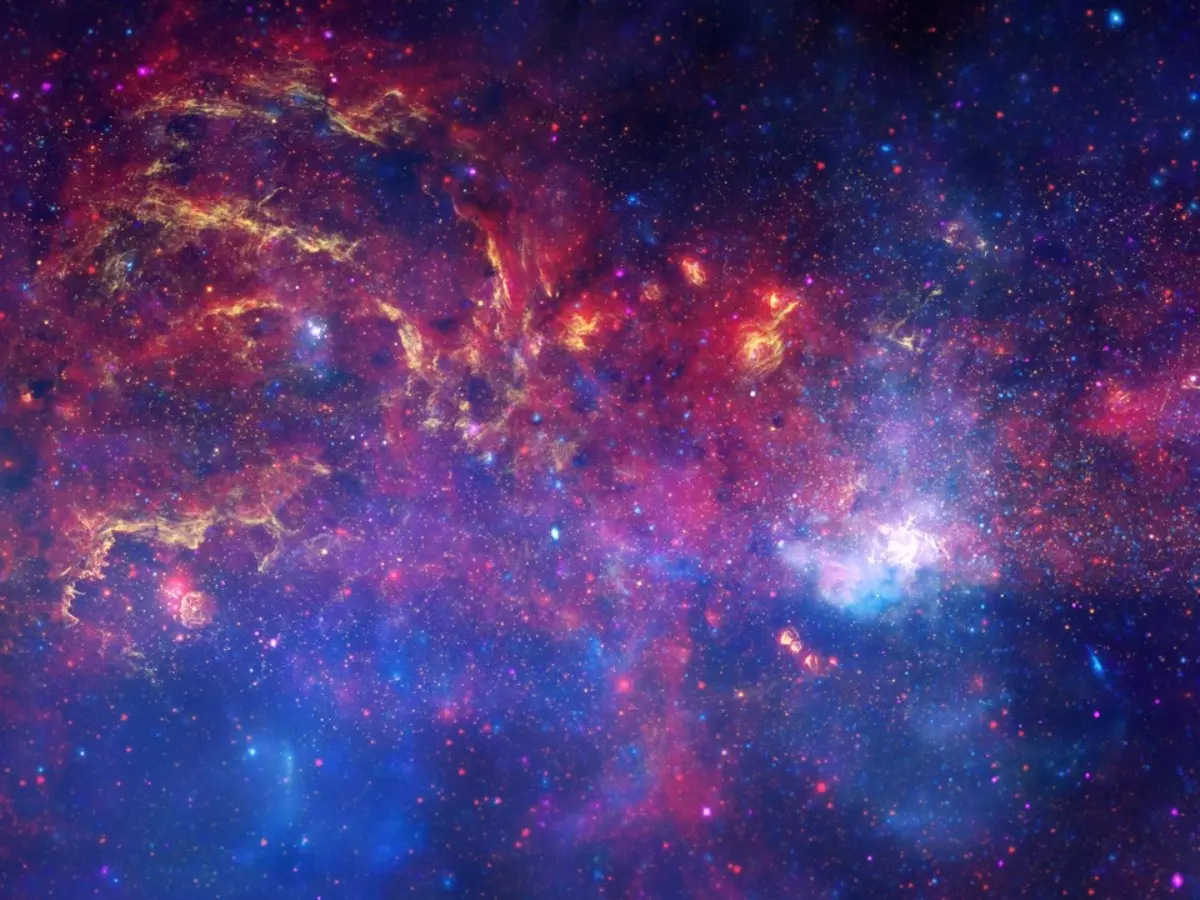Astronomers Assess The Structure Of The Universe By Linking 64 Telescopes
By linking 64 telescopes, scientists have observed the universe's structure. The international team of astronomers used 64 radio telescope dishes to detect hard-to-detect signals of neutral hydrogen gas in the cosmos

By linking 64 telescopes, scientists have observed the universe's structure. The international team of astronomers used 64 radio telescope dishes to detect hard-to-detect signals of neutral hydrogen gas in the cosmos.
The assessment was made possible by the MeerKAT telescope based in South Africa. It's also making way for the world's largest radio observatory, the SKAO.
Currently, the SKAO is under construction at Jodrell Bank, Cheshire. But the 64-dish strong MeerKAT is guiding the design goals of SKAO. Once the infrastructure is in place, MeerKAT will become part of the larger SKAO apparatus.
 IPAC
IPAC
Making way for bigger experiments
The power of these telescopes will be then used to image distant objects in high resolution. Radio telescopes are great at detecting radiation at wavelengths of 21 cm, making neutral hydrogen open to human study.
This team of astronomers analysed 3D maps of hydrogen spread across million years to understand the distribution of matter in the universe. "We use the array as a collection of 64 individual telescopes which allows them to map the giant volumes of sky required for cosmology," co-lead author, Steven Cunnington explained.
 NASA
NASA
Also read: Hubble Finds 'Something Strange' To Suggest Our Universe Doesn't Expand Uniformly
The research has been released on preprint arXiv and also submitted for publication. Manchester-based astronomers used the single-dish technique to aid cosmological detection for the first time.
"The new detection is of a shared clustering pattern between MeerKAT's maps and galaxy positions determined by the optical Anglo-Australian Telescope. Since it is known that these galaxies trace the overall matter of the universe, the strong statistical correlation between the radio maps and the galaxies shows the MeerKAT telescope is detecting large-scale cosmic structure," Phys.org reported.
Also read: Our Universe May Have Invisible Walls That Act As Boundaries Between Galaxies
 NASA
NASA
The craziest thing is perhaps that the detection was made possible with just a tiny amount of "pilot survey data." Once MeerKAT and SKAO are working in sync, we may be able to map out the universe better.
What do you think about this? Let us know in the comments below. For more in the world of technology and science, keep reading Indiatimes.com.
References
Steven Cunnington et al, HI intensity mapping with MeerKAT: power spectrum detection in cross-correlation with WiggleZ galaxies, arXiv:2206.01579 [astro-ph.CO], arxiv.org/abs/2206.01579
Robinson, B. (2022, June 20). Astronomers link 64 telescopes to observe the structure of the universe. Phys.Org.
